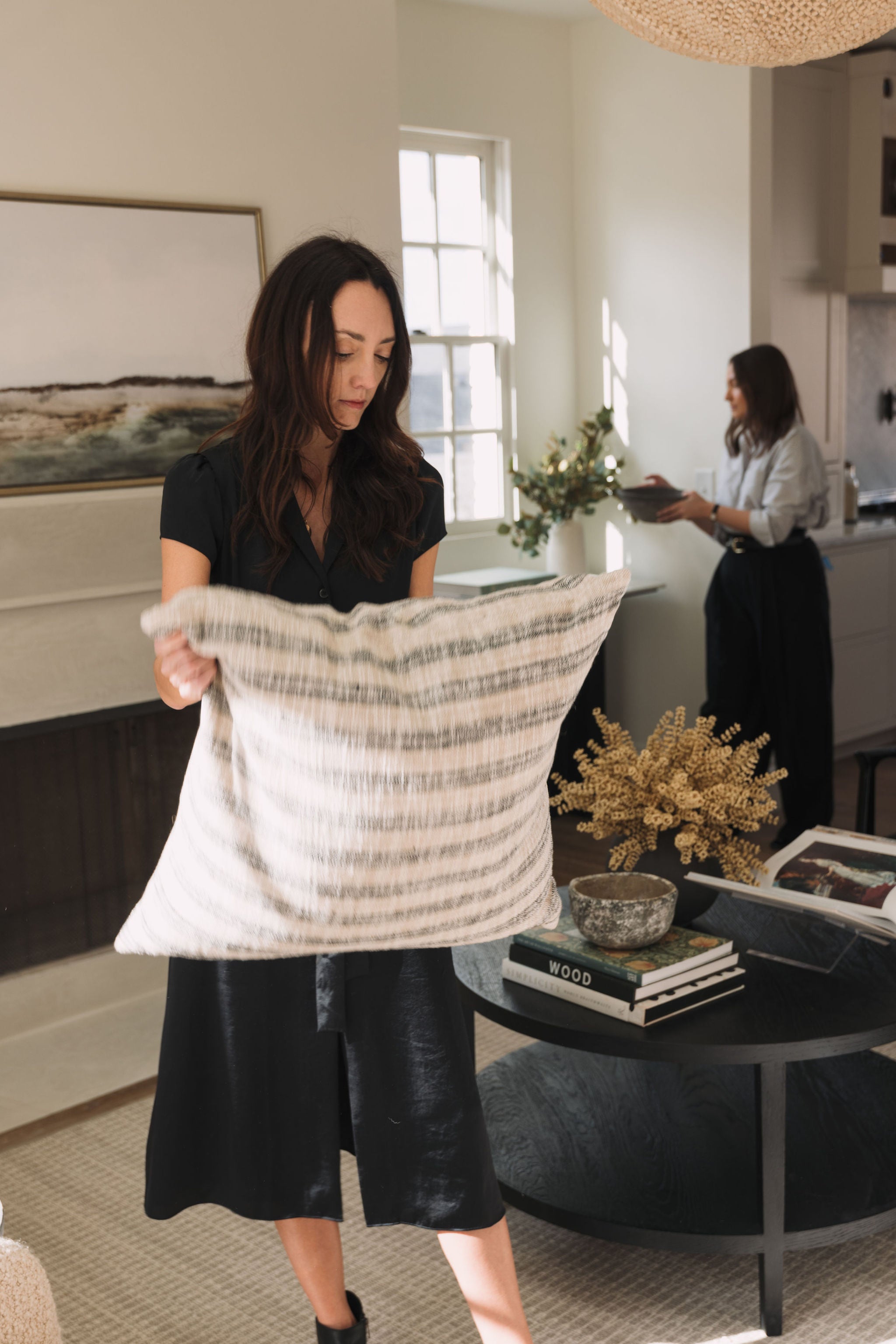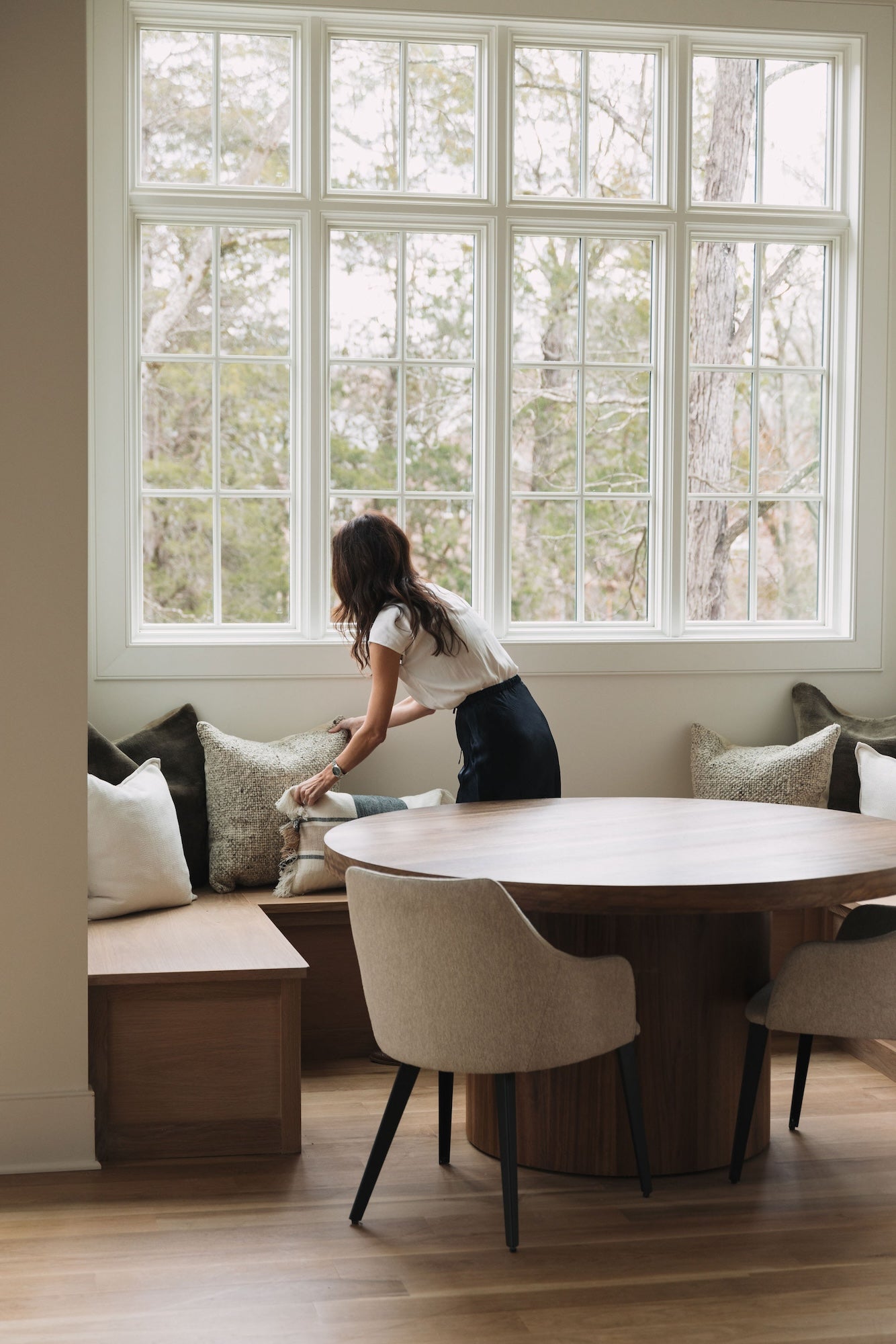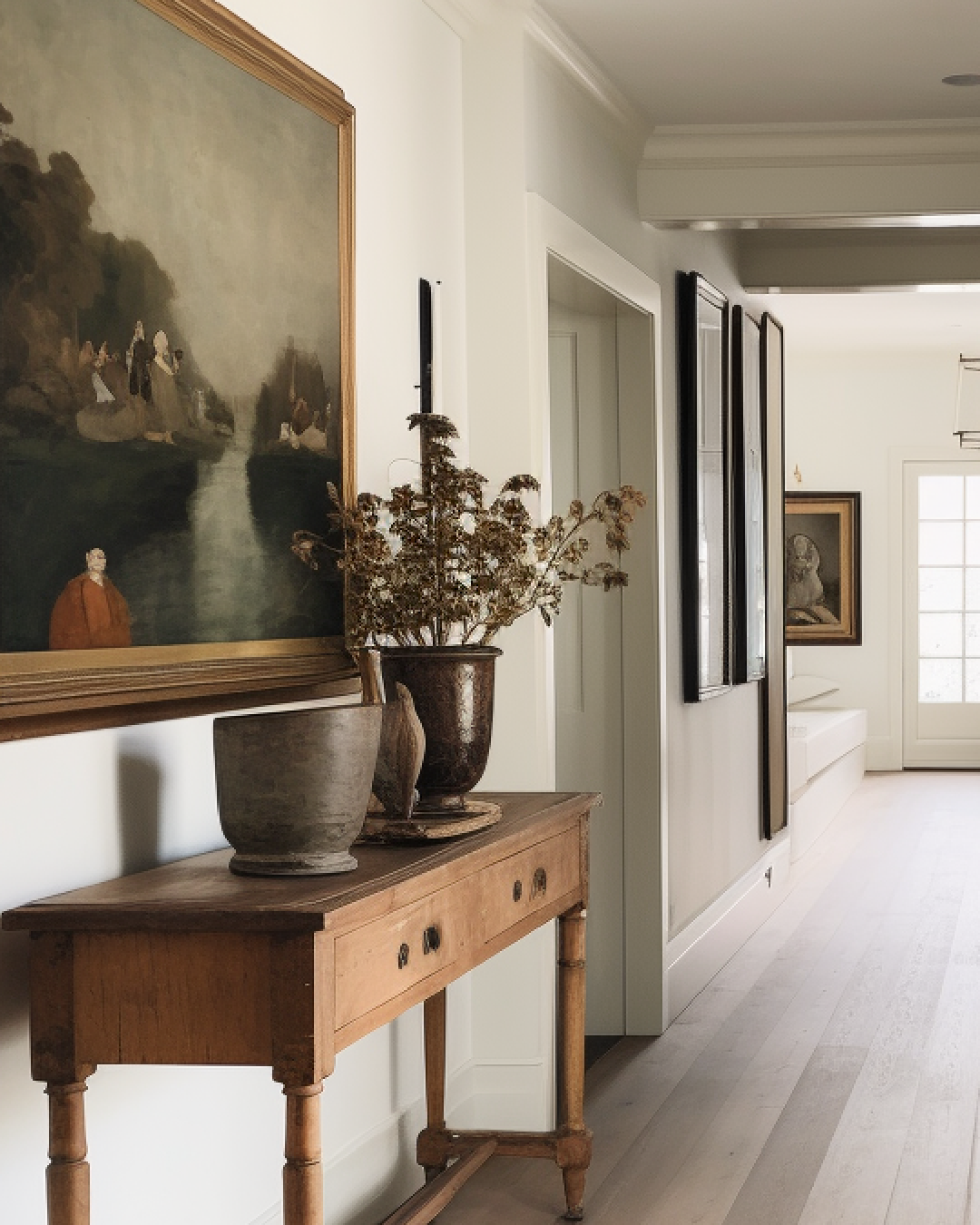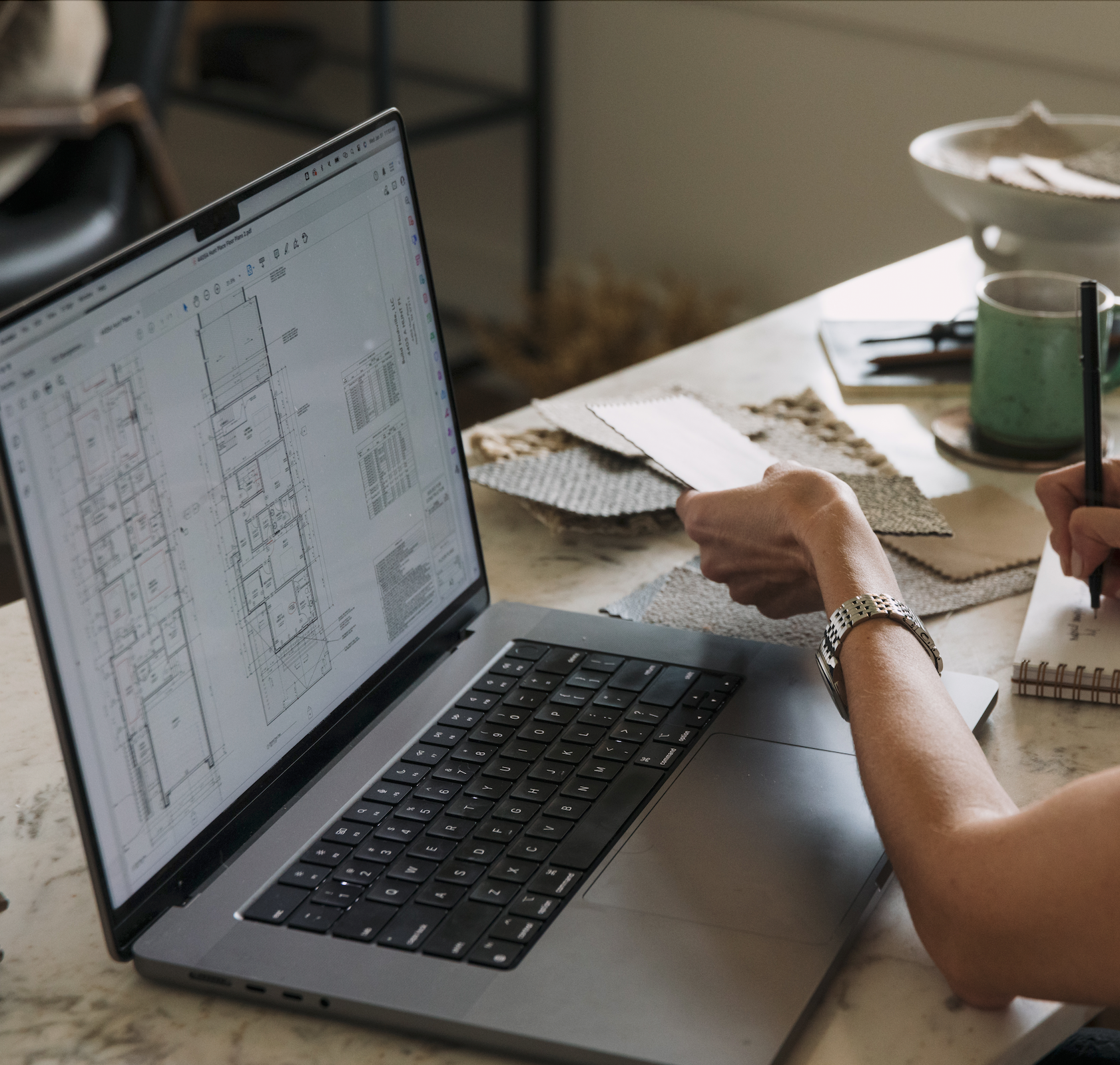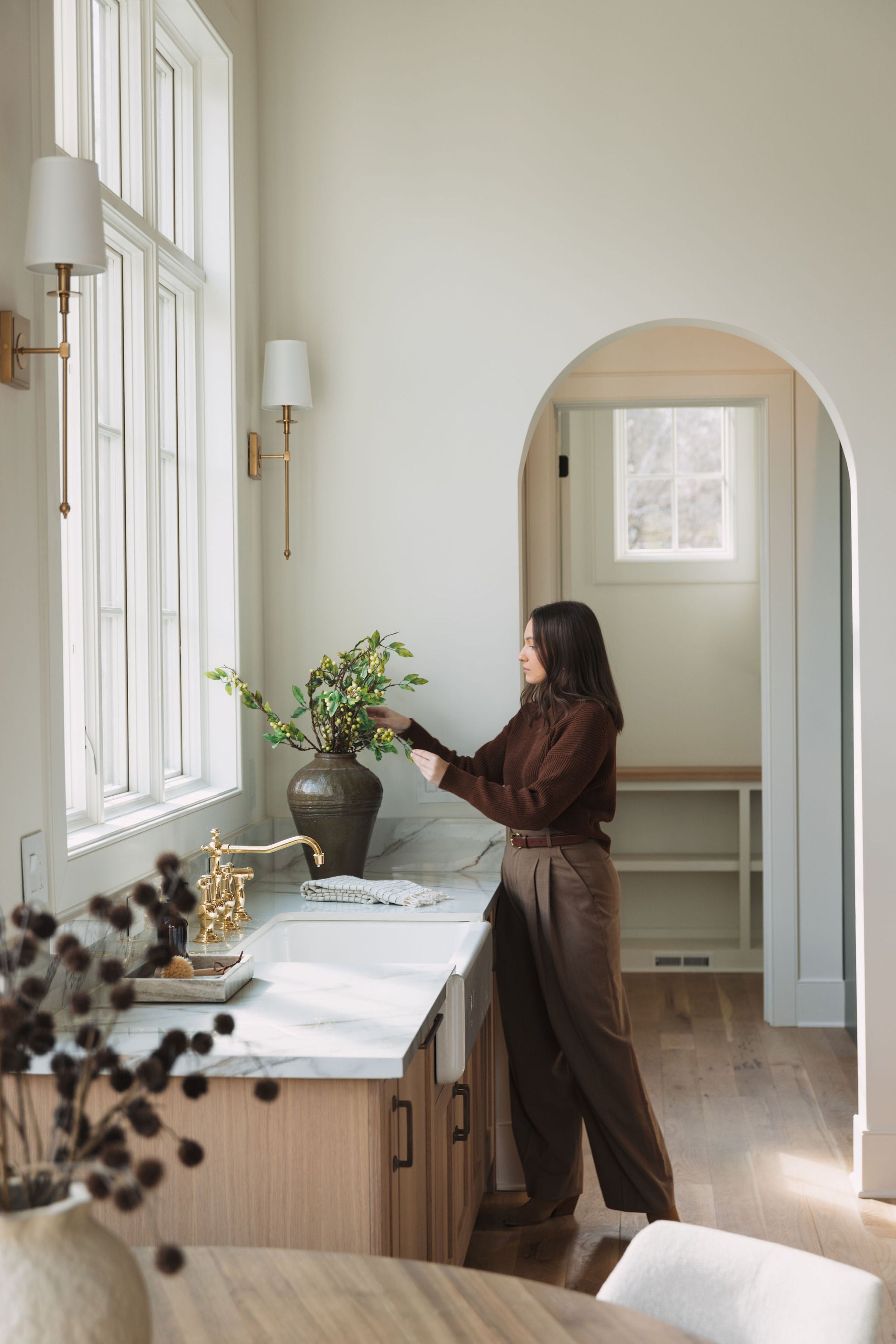design advice
5 Expert Tips on How to Integrate Pattern into Your Design Plan
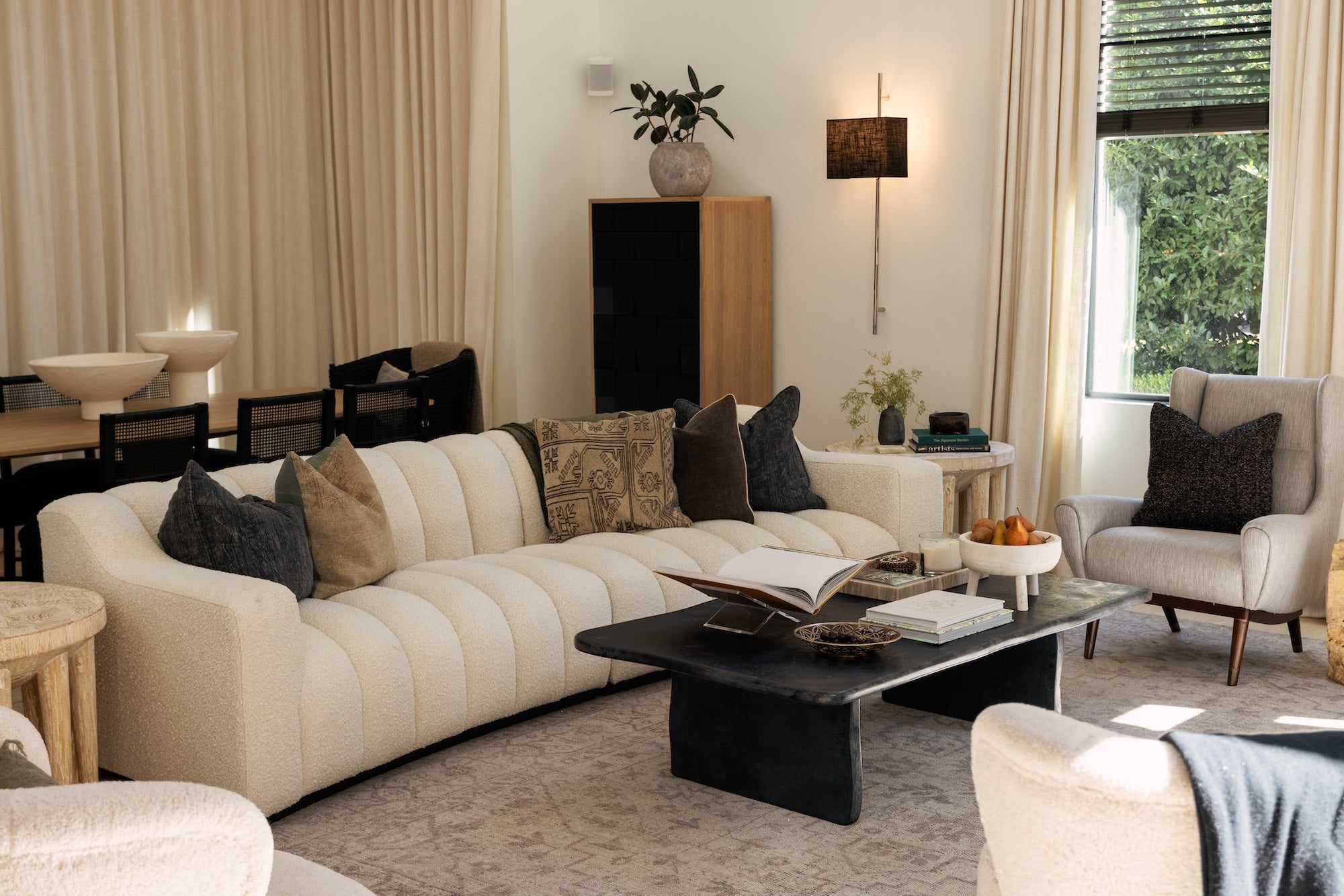
Energy. Personality. Vibrancy. When you want a touch of the lively, look no further. Pattern is your gal.
I’ll be honest: pattern hasn't always been my thing. For years I’ve thought of it as keeping company with the crowd of loud maximalism where lime greens and loud pinks shout loudly in the shapes of polka dots and palm fronds. But that view, of course, is silly and limited.
Pattern isn’t confined to neon color palettes and loud prints. It can add a warm personality and gentle character, just as easily as it can a wild hair. It can pull you into the stacks of historic design and channel the greatest British countryside home or an elegant Parisian apartment.
Broadening the definition and possibilities of pattern has now made it, instead of a rare tool for me, a regular occurrence. Much like my espresso machine and Mother denim, I’m unsure how I ever did life without it.
If you’re pattern curious and want to start digging out this magical tool from your chest, I’ve pulled together our top 5 tips for starting with pattern play. Happy mixing and matching, friends. May the paisley be ever in your favor.
1. Start with a pattern you love.
In any design, I love to start with a core piece to build the room around. I find it provides both a sense of inspiration and a grounding reference point. When working with pattern, this tends to be that starting element. Patterns are often the most dynamic and intricate pieces, so understanding their color stories and aesthetic directions provides a great springboard for ideas.
2.Choose a unifying thread.
Once you’ve honed in on your core pattern, identify the color palette and choose a unifying hue to carry throughout the room design. Patterns don’t always play well with others, so establishing a sense of continuity through color fosters energy, not chaos. If you want to incorporate color but keep it calm, consider leaning into monotone compositions and neutrals so the energy comes from the patterns, not the palette.
3. Incorporate different sizes.
When utilizing patterns, you typically want to incorporate a handful (3-5) and mix the scale of the patterns to create variation. Choose a larger pattern for your base and pair it with smaller patterns for contrast and balance. Keep in mind, patterns don’t all have to be busy and dynamic prints. Stripes and checks can be incorporated to tone things down while still maintaining interest.
4. Go for repetition.
The greatest design party trick is repeating elements. When you only use something once it doesn’t feel like a pop, it feels like a black sheep. But when you create repetition—for example: incorporating a pattern in your room’s window treatments or throughout a handful of throw pillows—you create a sense of belonging and continuity.
5. Strike a balance.
Like anything in excess, patterns can be overwhelming. Pair patterns with clean silhouettes and strong solids to create a sense of balance and poise. The easiest mistake to make in design is to overdo it, so never be scared to whip out your editing tool and pare back. Remember: we’re going for striking character here, not schizophrenia, so add mindfully and with moderation.
Create a compelling home
Need help designing your layered home?
Work with our design team to cast a vision and create a space that stands the test of time. From full scope to virtual design and styling, our team offers a spectrum of services tailored to you and your project.
